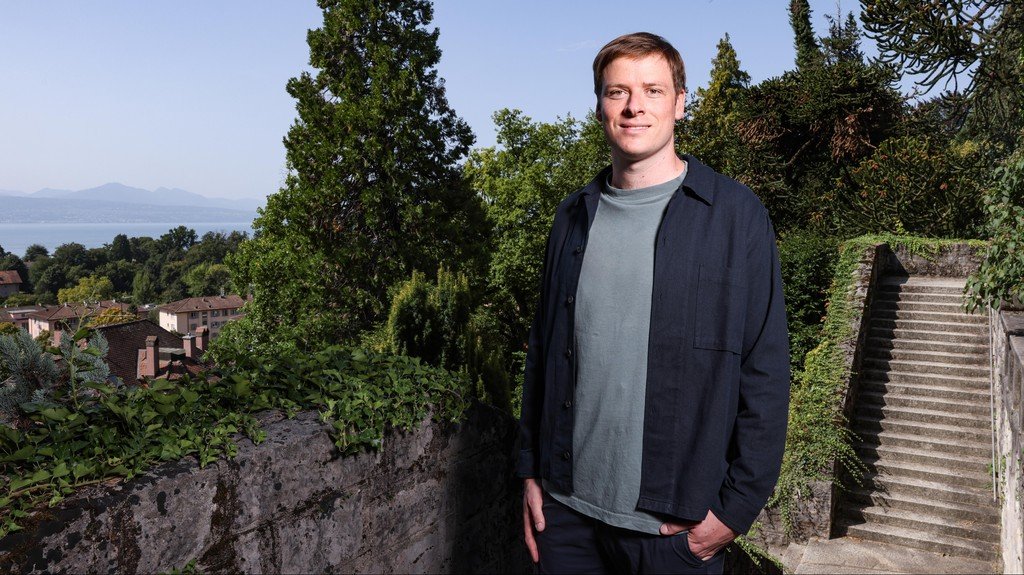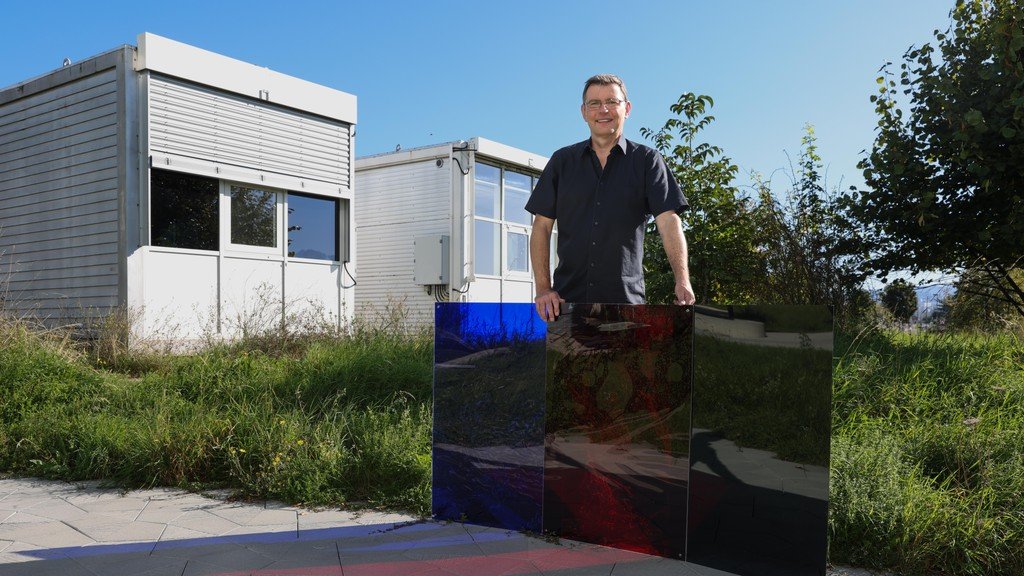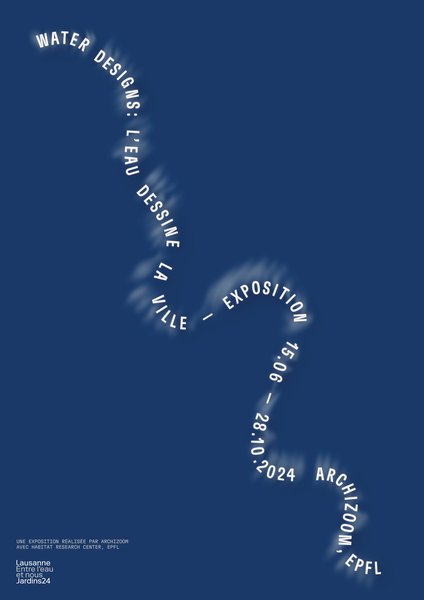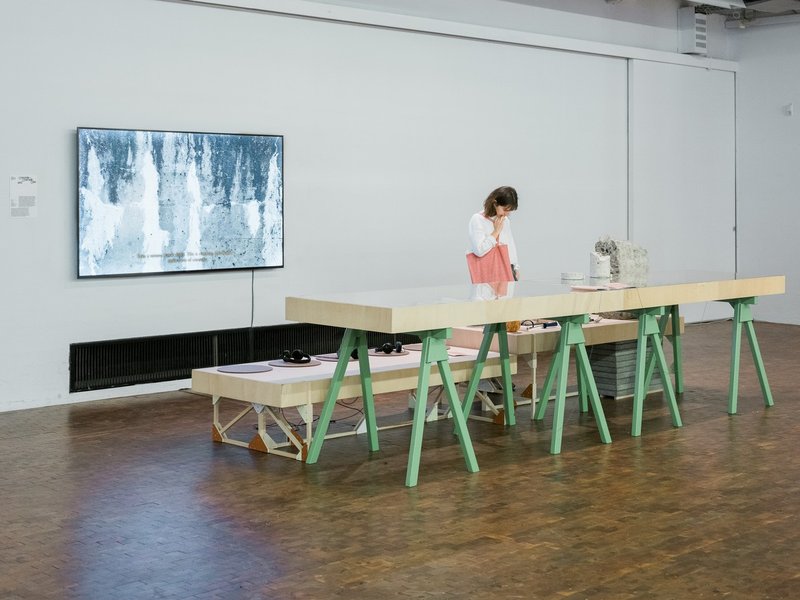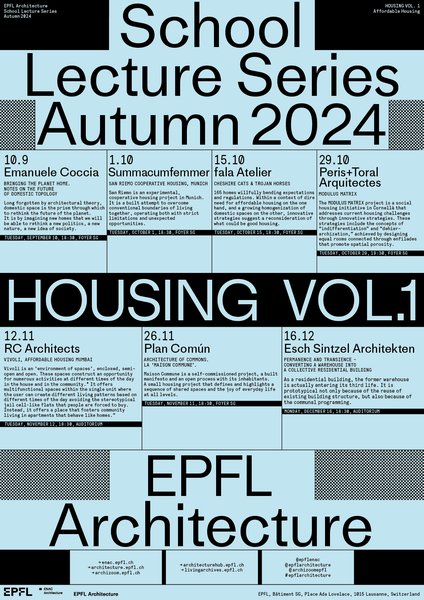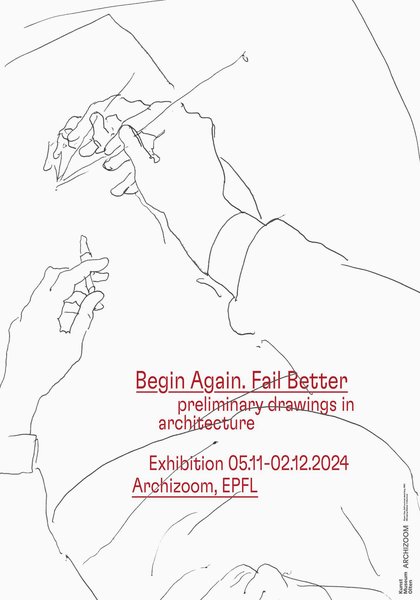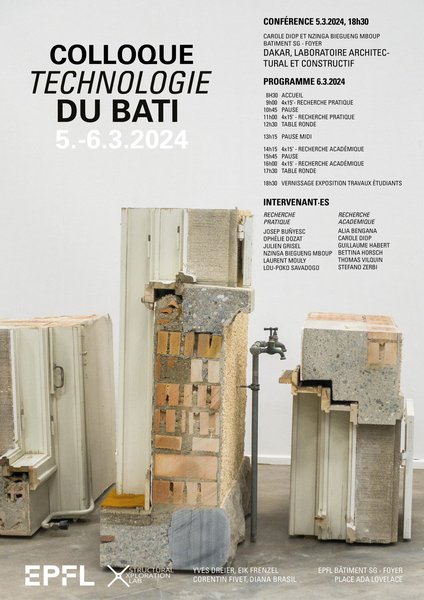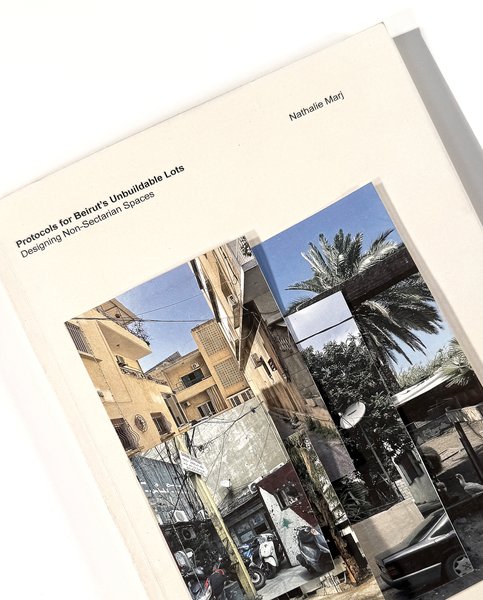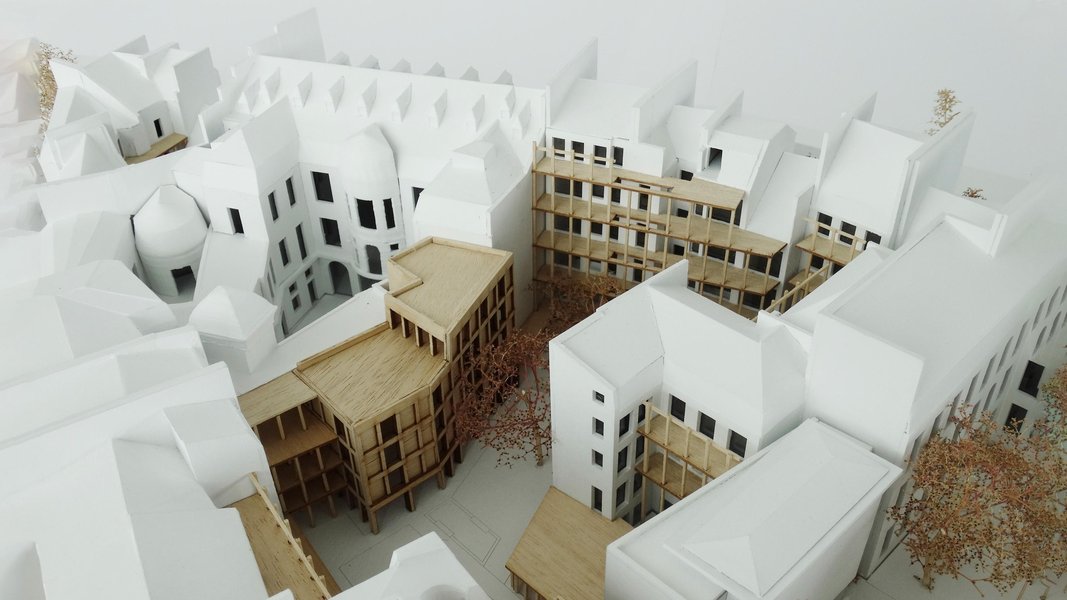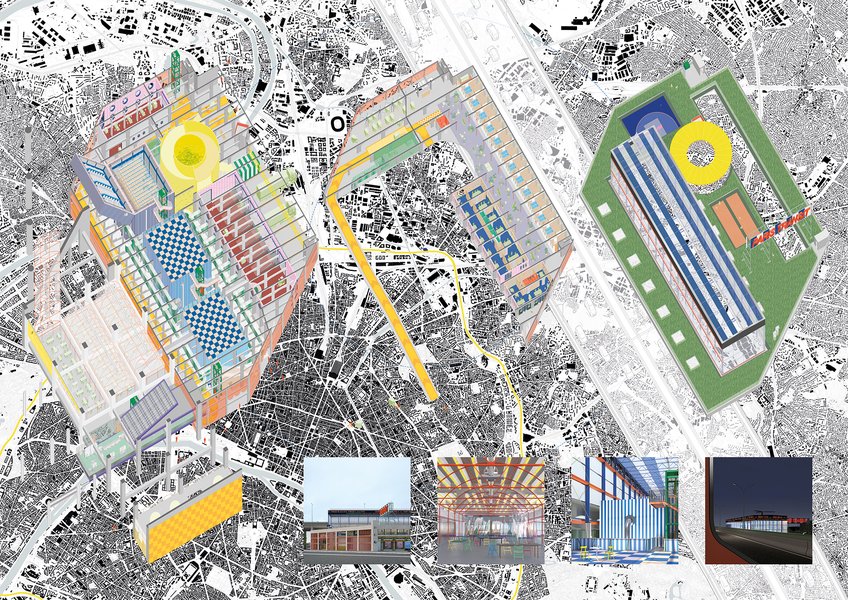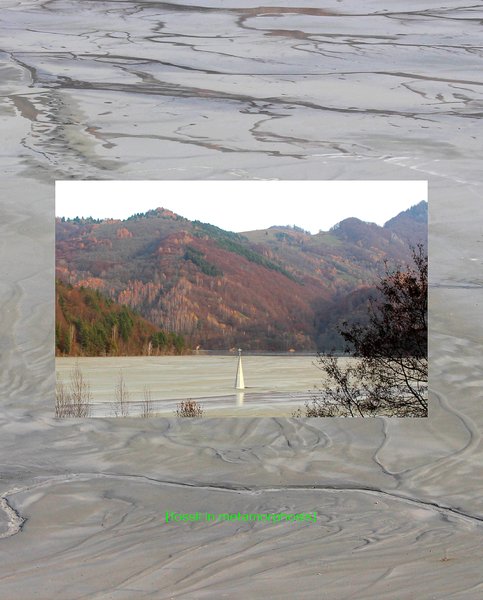Events

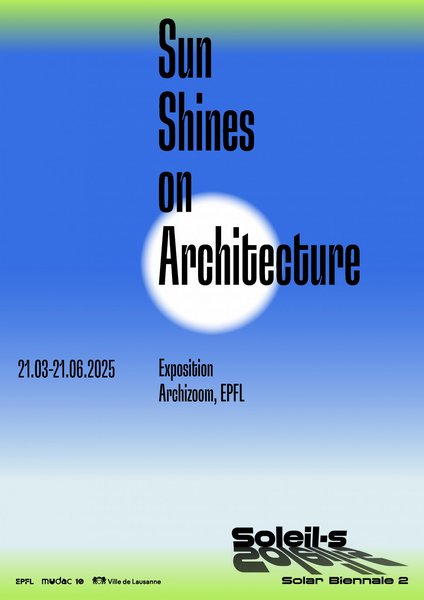



Les Rencontres de l'EDAR is the annual meeting of the Doctoral program in Architecture and Sciences of the City, aimed at gathering the entire EDAR community. Its 10th edition, organized in collaboration with the Institute of Architecture, will be entitled Autonomy and Abstraction and will deal two fundamental dimensions of scholarly inquiry. The two days event, open to the public, will be structured in the form of thematic sessions alternating with keynotes and round tables. Abstraction will be approached in its classical philosophical meaning, consistent with the view that understanding requires the mind to grasp the universal apart from the …

